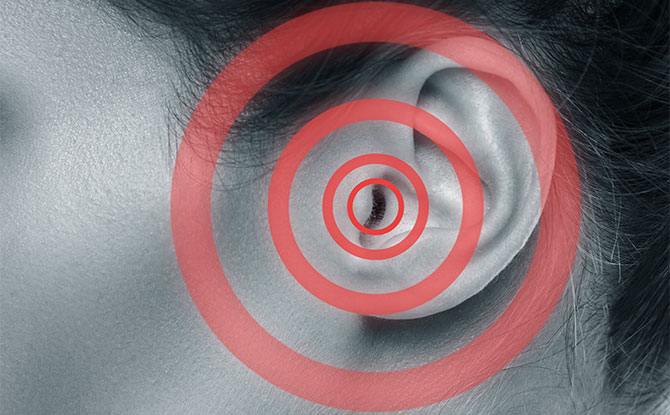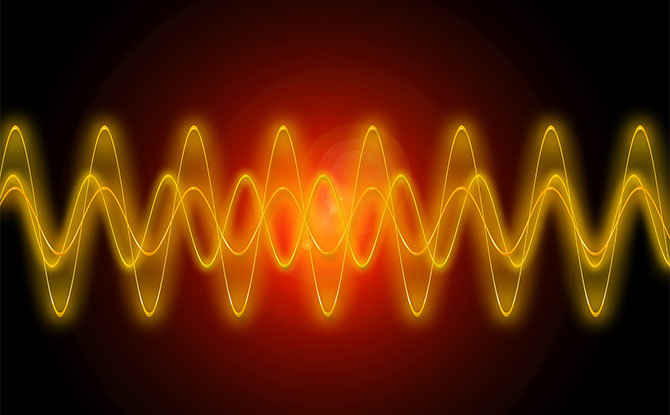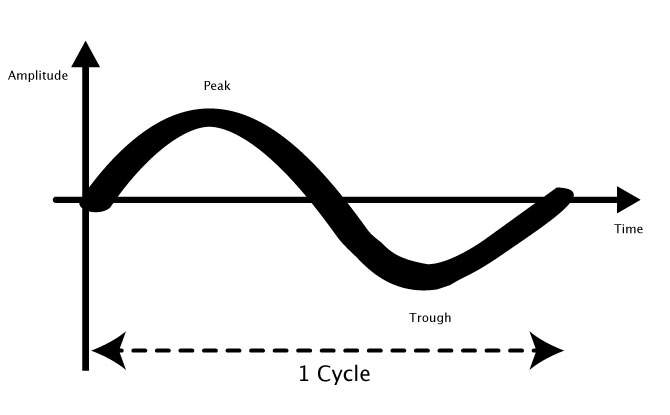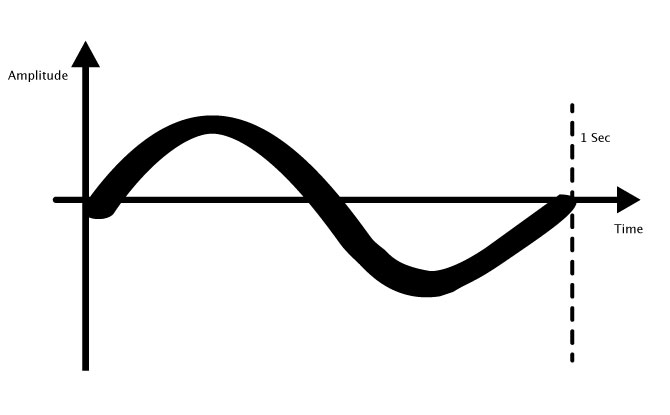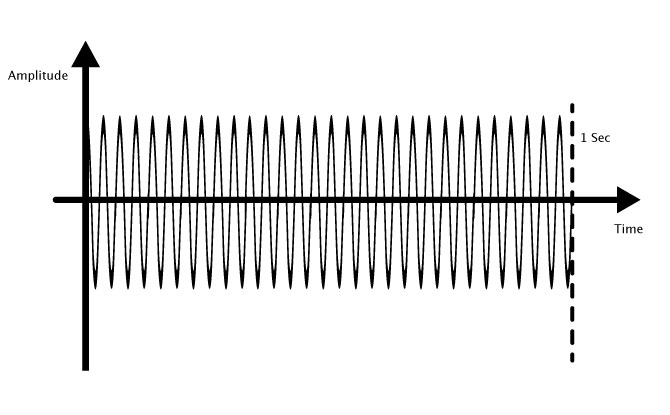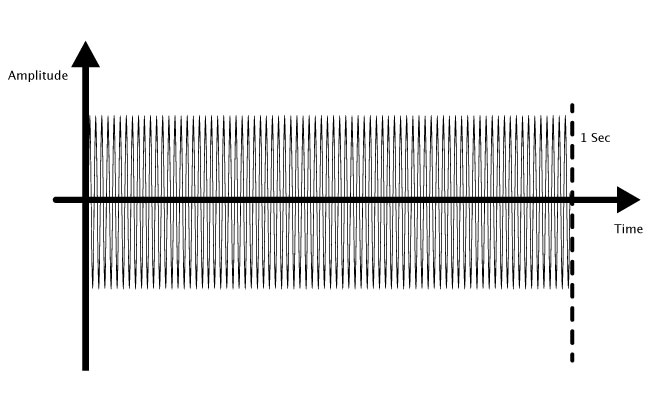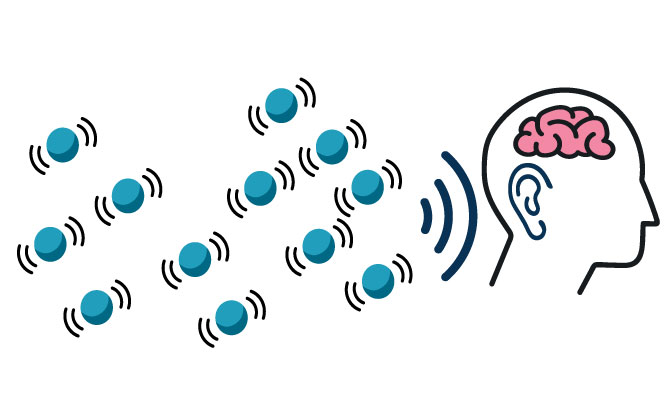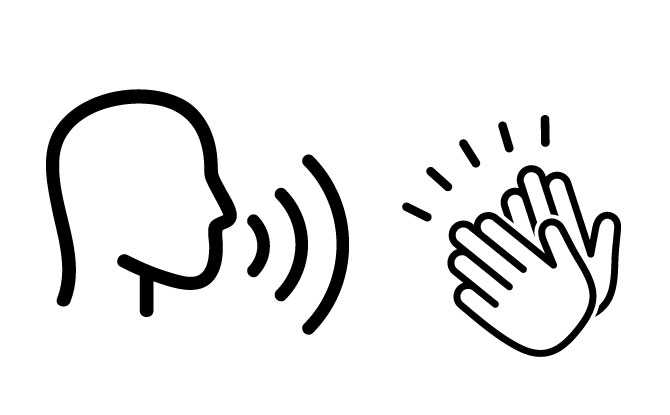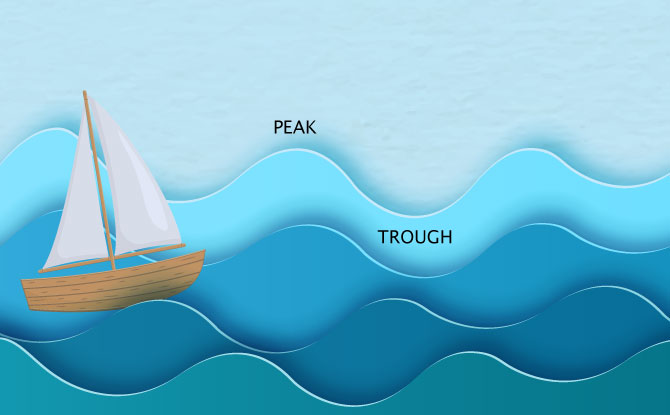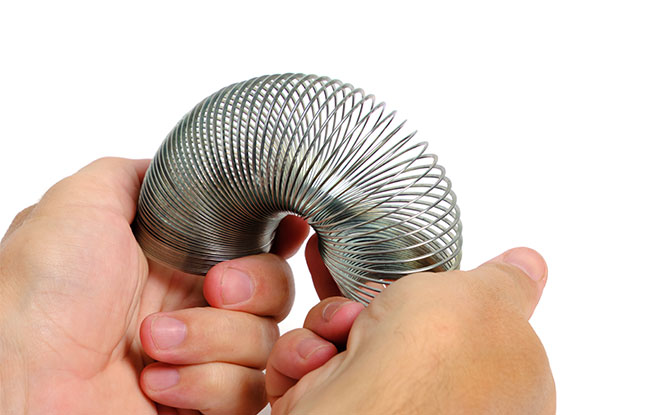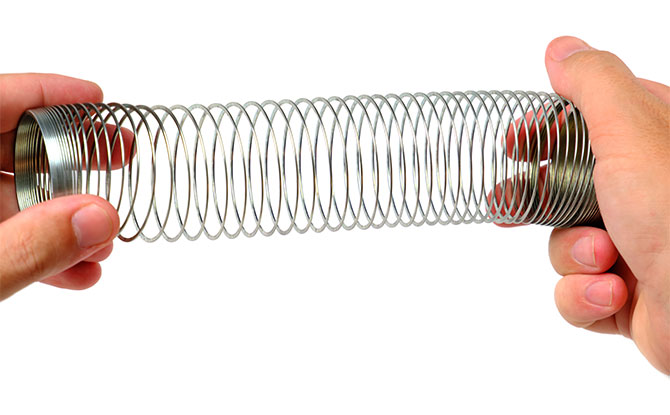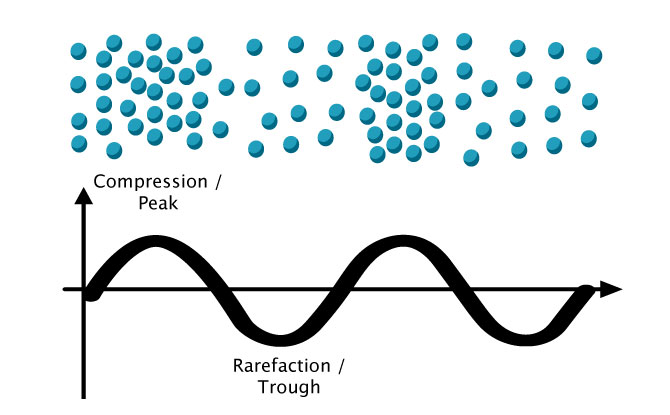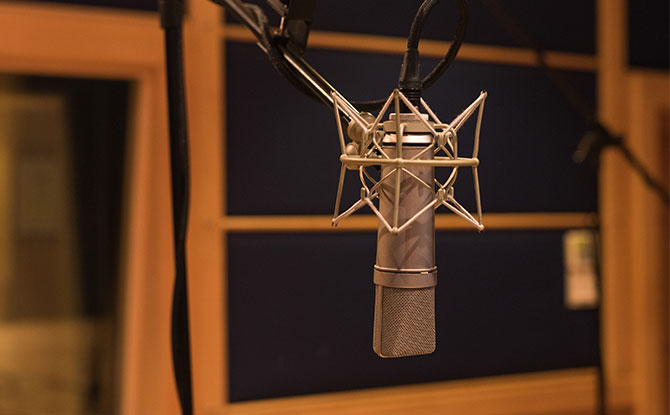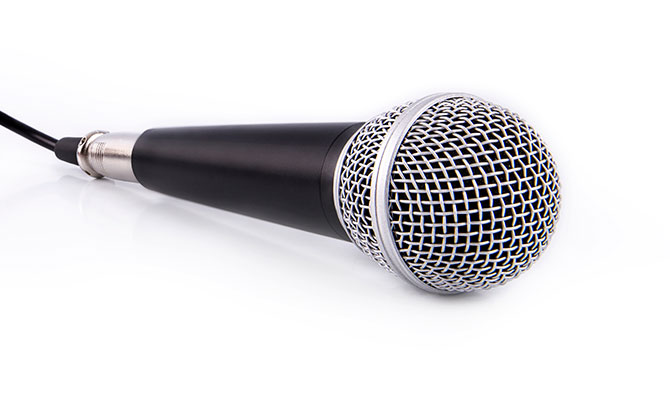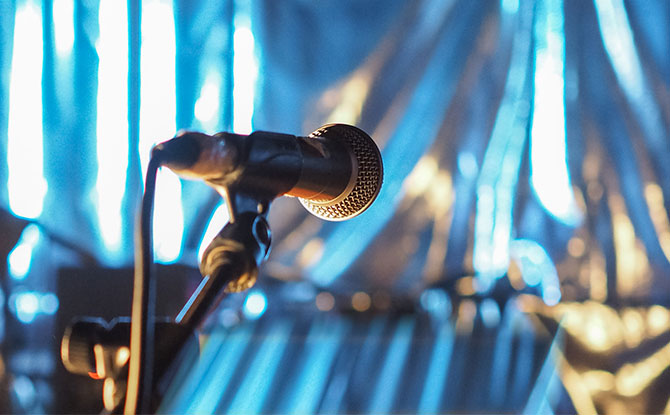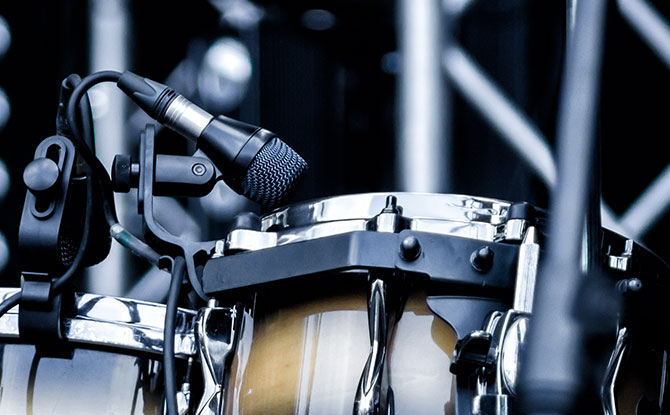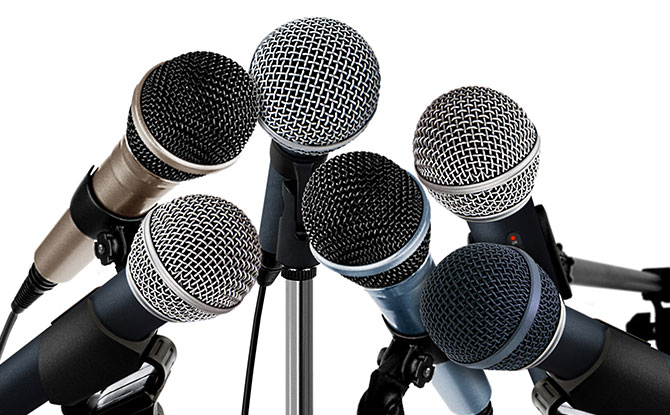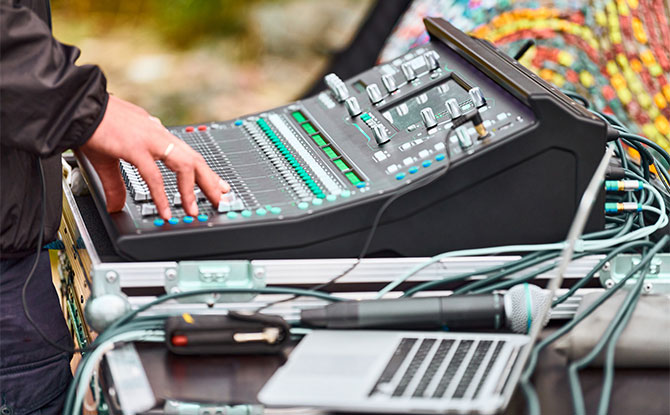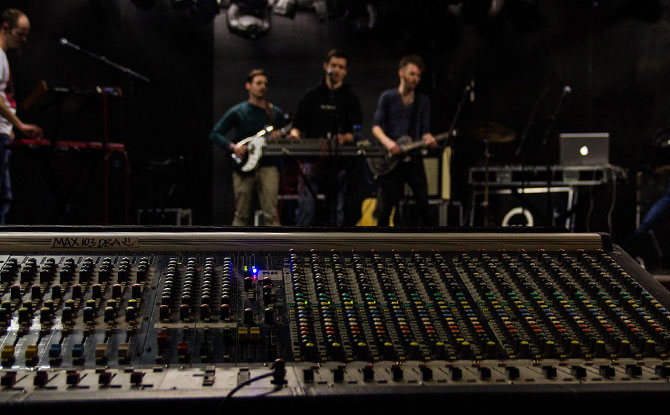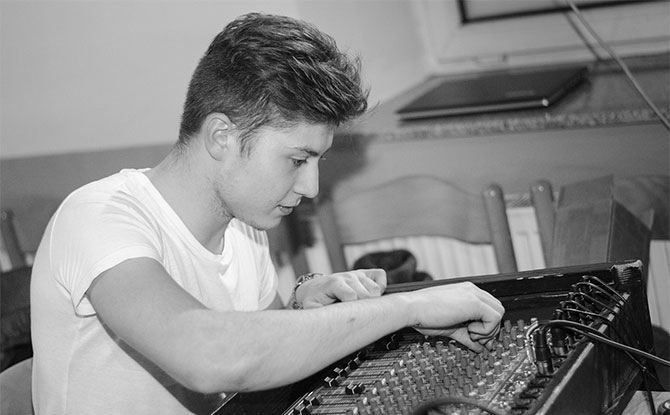One of the most common pieces of sound equipment that you will come across are microphones. There are many different aspects of microphone design, but for a start, there are three types of microphones that you should be aware of at a start. Two of these are ones that you will likely encounter most often.
Introduction to different types of microphone
Different types of microphones have their own unique characteristics and best uses. The three different types of microphones that you should be aware of are the dynamic, condenser and ribbon.
Dynamic microphone
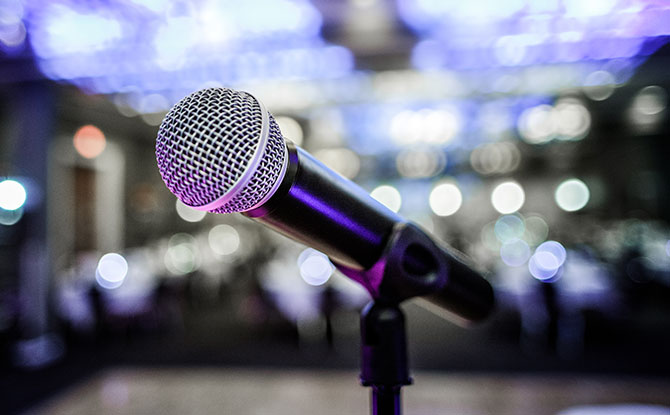
Dynamic microphones are probably the most common type of microphones. They are the simplest, the most rugged and also the cheapest.
This type of microphone makes use of a moving coil and magnet to convert sound into an electrical signal. The moving coil is attached to a diaphragm at the front of the microphone. When sound waves hit the diaphragm, it causes the coil to move back and forth in the magnet’s magnetic field. This generates a very small electrical current that is sent out from the microphone as the audio signal.
Dynamic microphones are rugged and built to withstand high sound pressure levels, which makes them well-suited for live performances where they may be subjected to loud sounds.
They are also designed to be durable and to withstand the wear and tear, or abuse, of regular use. Dynamic microphones do not require an external power source. Instead, they work simply based on the energy of the sound waves hitting the diaphragm.
However, compared to other types of microphone such as condensers and ribbons, dynamic microphones are less sensitive. This means that they may not capture as much subtle detail in a performance.
They are commonly used for live performance settings, especially for vocals and drums and are considered a reliable and robust type of microphone.
Condenser microphone
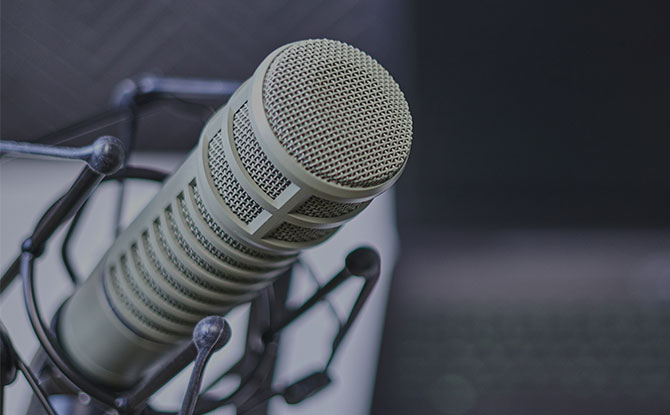
A condenser microphone captures sound by creating differences in electrical voltages. There is also a diaphragm in a condenser microphone that moves with the incoming sound waves. The diaphragm is connected to a metal plate. An electrical charge between the metal plate and a separate back plate creates a capacitance. You can this of this as a reservoir of electricity. When the diaphragm moves, this disturbs the “reservoir” and the “ripples” are then sent out of the microphone as the audio signal.
Condenser microphones are more sensitive and responsive to sounds. They tend to respond well to high-frequency sounds, which makes them well-suited for capturing the details of cymbals, violins, and other high-frequency instruments.
Since they also need an electrical charge to create the “reservoir”, condenser microphones require an electrical power source. This can come from a battery or from the mixer in what is known as phantom power. This is a small voltage sent from the audio interface or mixing console, through the microphone cable, to power the electronics in the microphone.
Condenser microphones are commonly used in studio recordings, podcasting, voice-over work, and other applications where a high degree of accuracy and detail is required.
Ribbon microphone
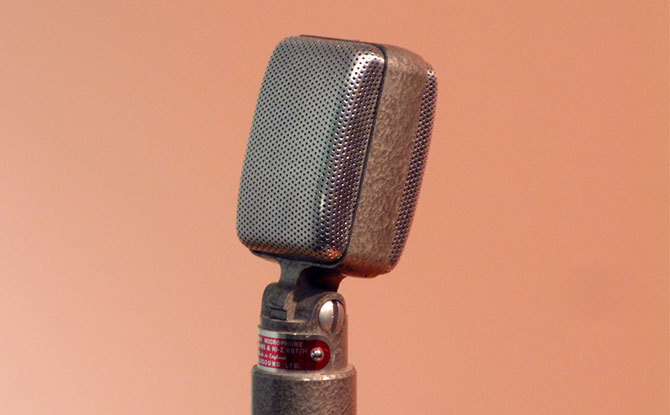
Ribbon microphones are a specialized form of dynamic microphones. These make use of a thin strip or “ribbon” of metal suspended in a magnetic field to convert sound into an electrical signal.
You may have seen old movies where a radio announcer has a large long microphone on the desk. What you may have likely seen is a ribbon microphone.
Ribbon microphones are known for their natural, uncolored sound, which makes them ideal for capturing the nuances of a performance. They have a smooth frequency response and are highly sensitive. This means that they respond well to high-frequency sounds and can capture a wide range of frequencies and even the slightest sounds
However, due to their design, ribbon microphones are very fragile. They are delicate and require care in handling and setup. They are not as rugged as dynamic microphones and are not suitable for live performances where high sound pressure levels are expected. Therefore, you will not find them used for stage work.
Instead, you will normally find them in studios where they are often used in classical, jazz, and other types of music recordings. Their natural sound can help to enhance the overall sound of the performance. They can also be found in applications such as podcasting, voice-over work, and other applications where a smooth, natural sound is desired.
Ribbon microphones are higher-end microphone and more expensive than other types of microphones.
Other ways to categorize microphones
It should be noted that whether a microphone is a dynamic, condenser or ribbon microphone is just one way to categorize a microphone. Microphones can also be categorized by its directionality, size of its diaphragm and frequency responsiveness.
Understanding all these characteristics will help you to decide when choosing a microphone for a specific application, environment, and for the desired sound.


